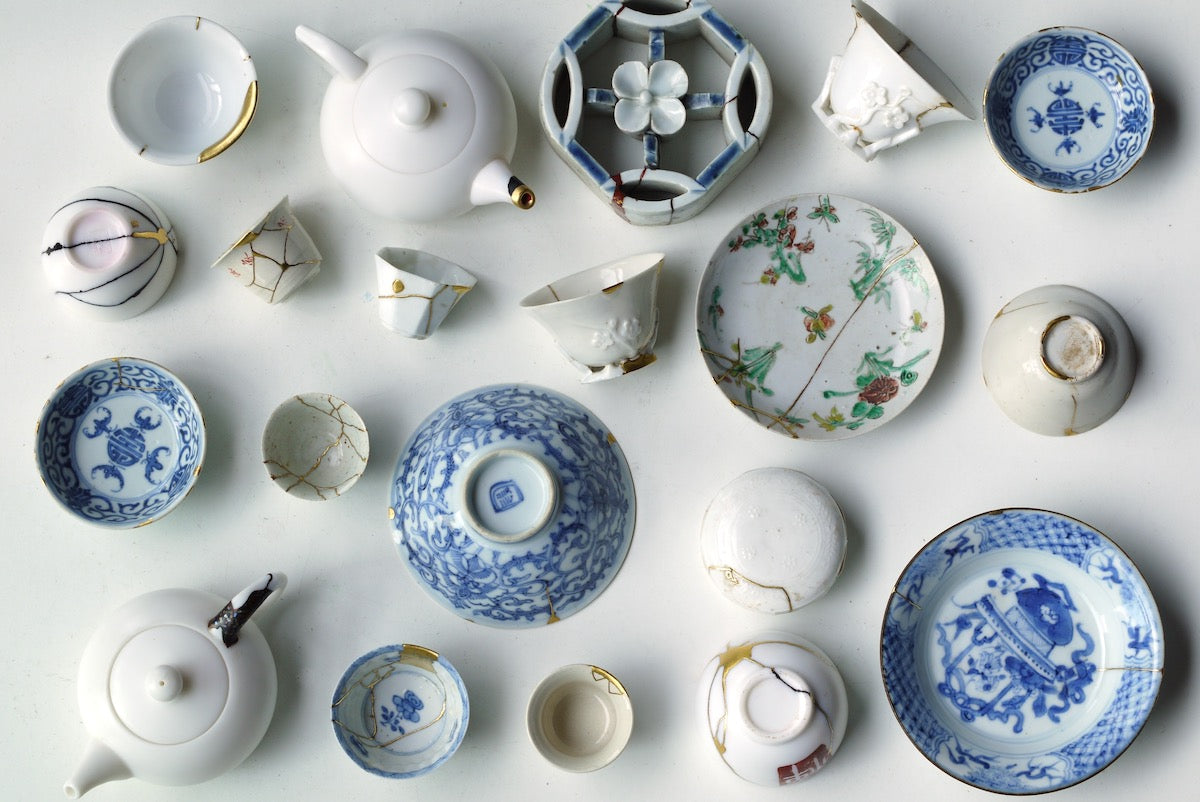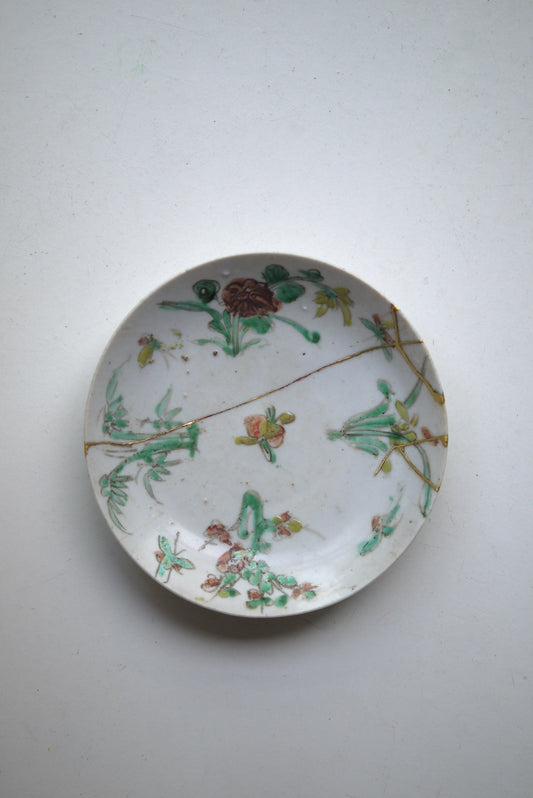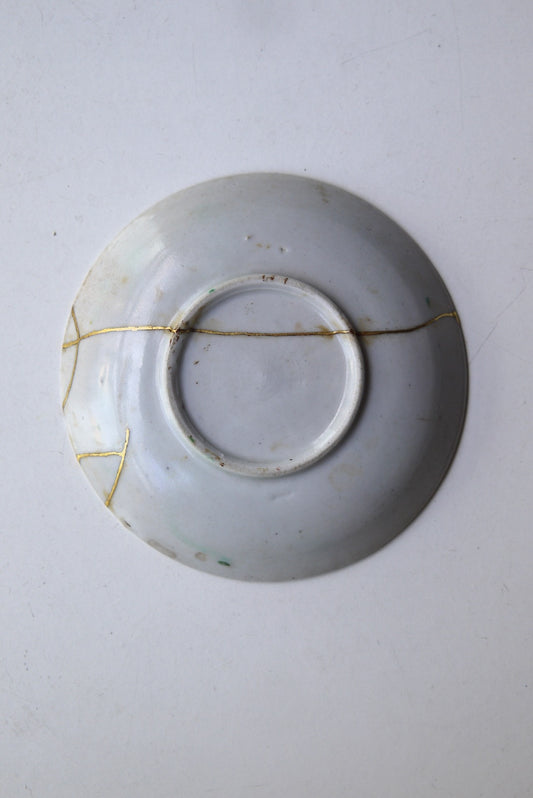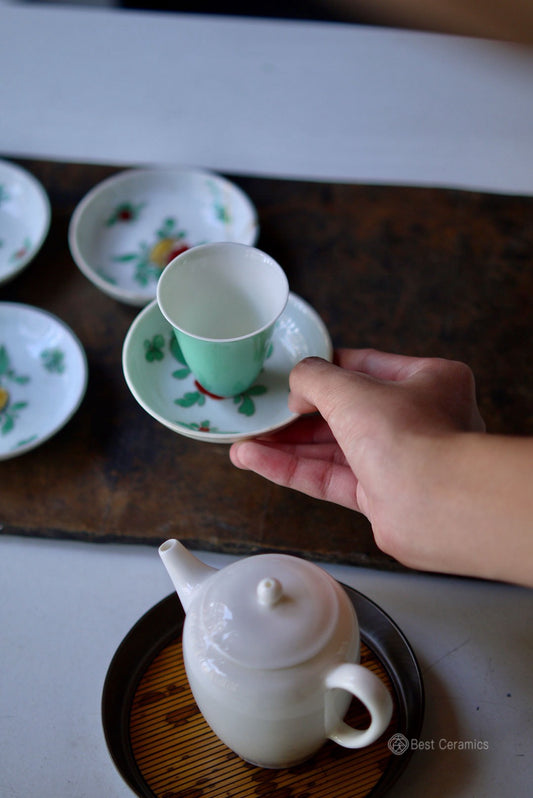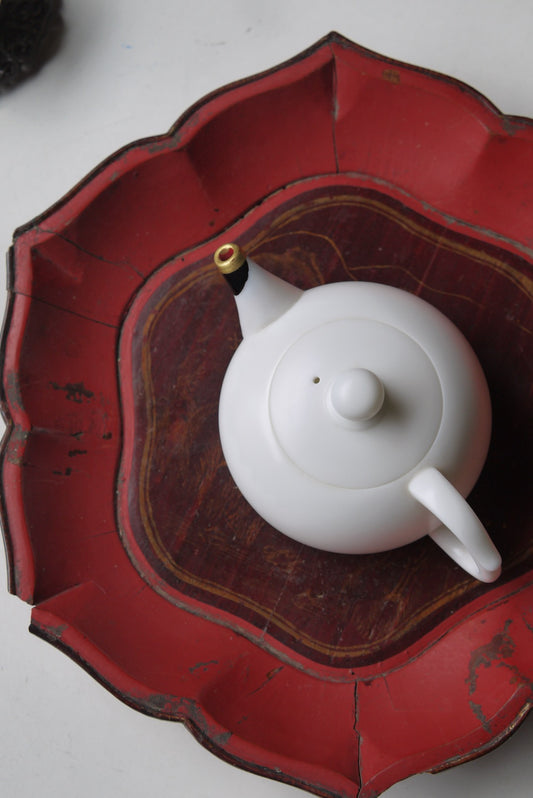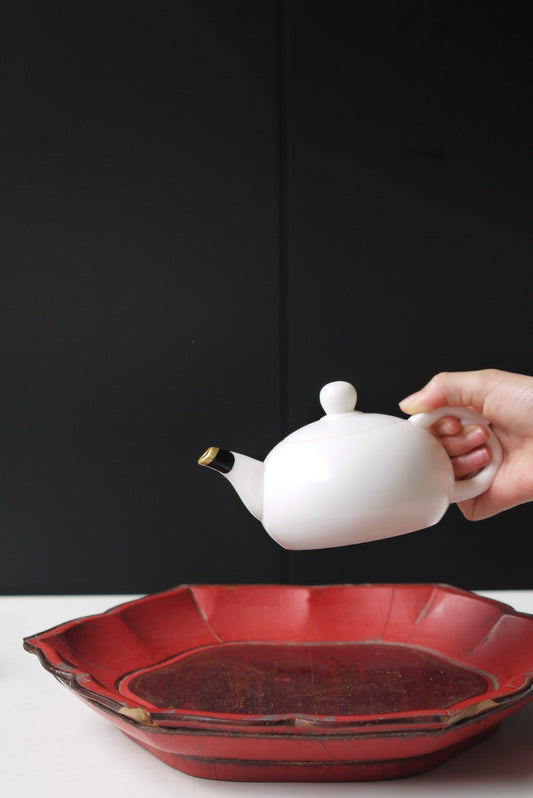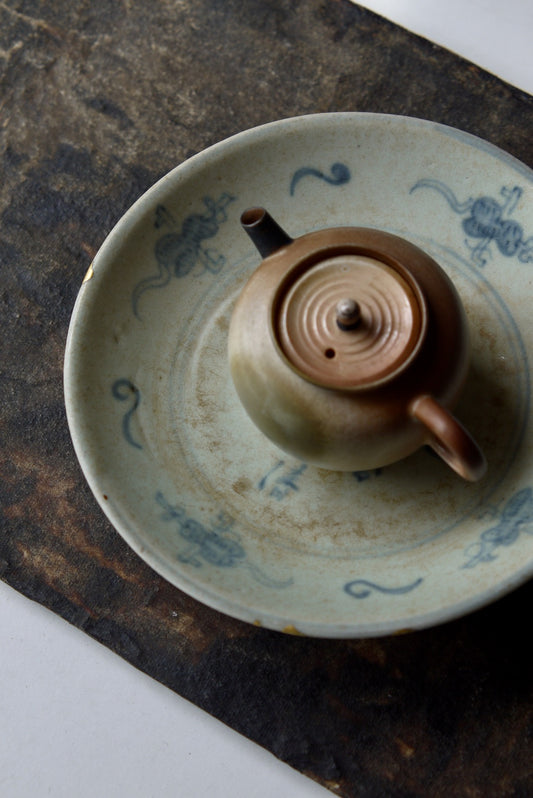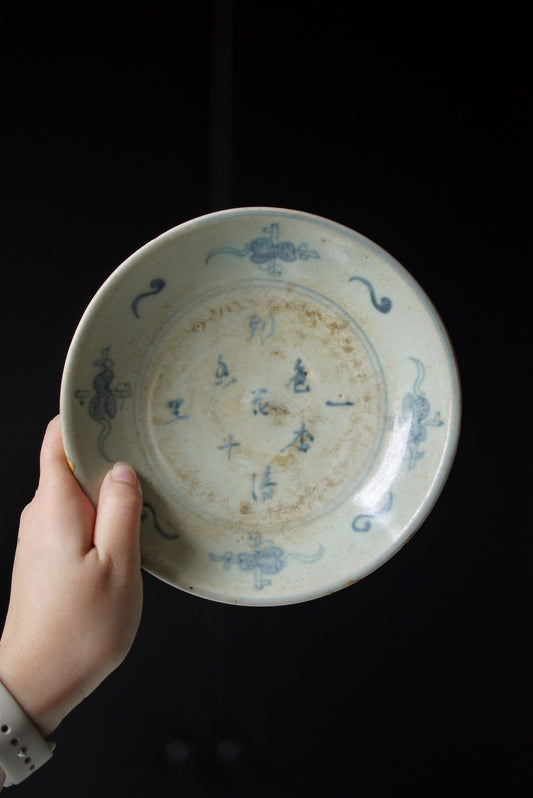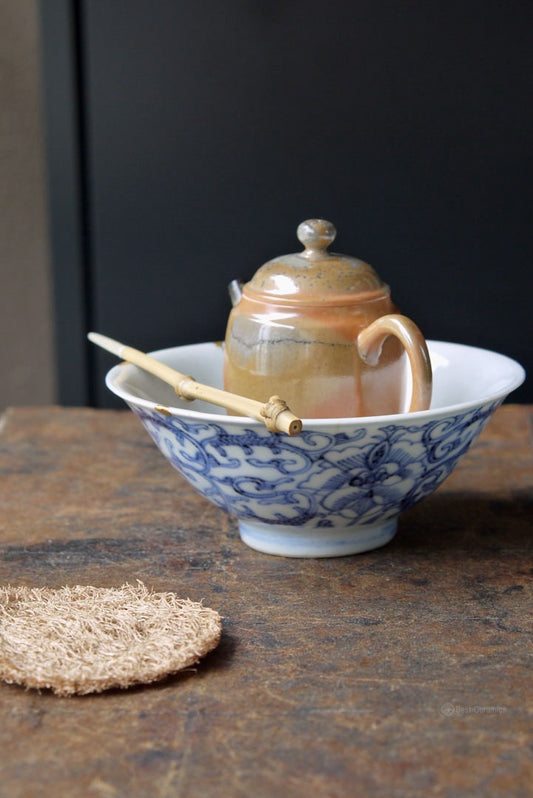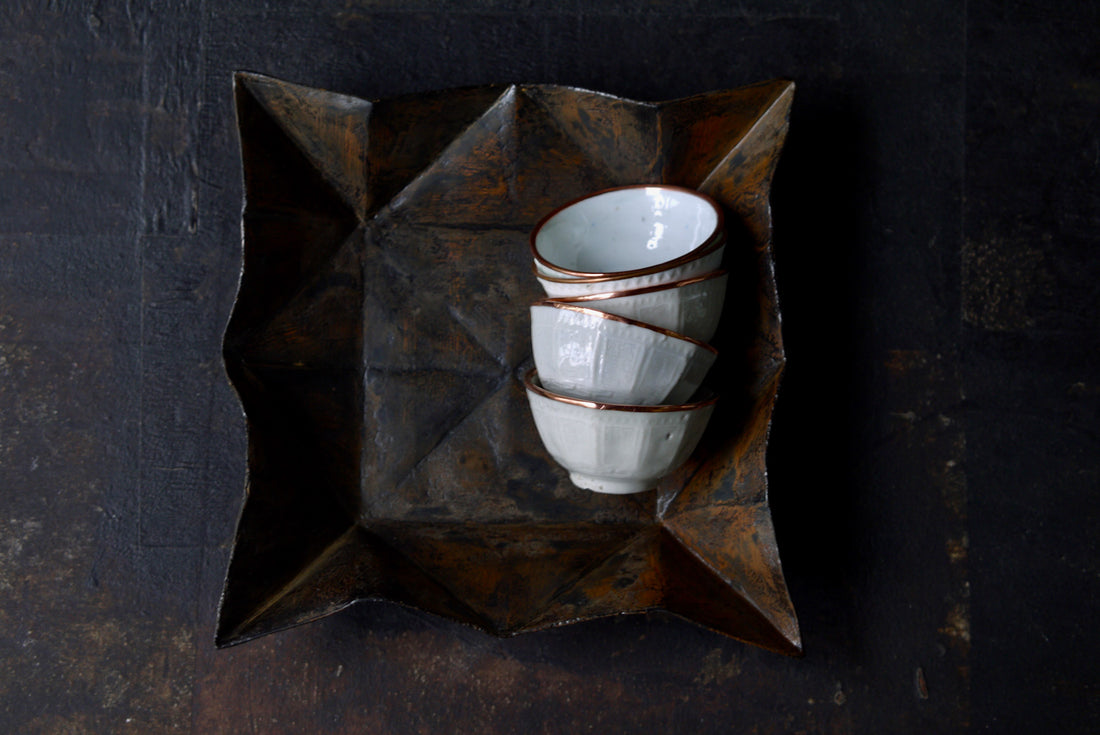
Transforming Paper into Timeless Lacquer Art
YuanKevinShare
As an artist, I believe creating beauty is important, but discovering it is even more meaningful.
Two years ago, I began experimenting with recyclable materials to craft lacquerware. From paper and avocado skins to fabric, these seemingly mundane materials were given new purpose, turning into part of my tea utensil designs.

Today, I want to share a unique creation—a lacquered tray made from paper. Originally, this piece of paper was folded into a small boat by my daughter and would have been discarded. However, when I unfolded it, I was captivated by its delicate creases and textures. These overlapping folds and subtle curves created a perfect balance between order and randomness. Slightly spread out, the edges curved downward naturally while the center stayed flat—an idea sparked in my mind: this could be the foundation of a tray.

To preserve the paper’s organic form, I coated it with layers of natural lacquer, allowing gravity to pull its edges into a slanted contour. After multiple coats, the paper hardened into a stable shape. To enhance its durability, I reinforced it with a thin piece of fabric using lacquer mixed with glutinous rice paste. After drying, I filled the fabric’s pores with a lacquer paste blended with tile ash, smoothing the surface through meticulous sanding. The entire process took over a month to complete the base structure.

Recently, I began strengthening the tray through additional lacquer layers. After three rounds of raw lacquer application and sanding, its surface revealed a golden-brown sheen, exuding a rustic beauty reminiscent of rusted iron. This simple, wabi-sabi-inspired aesthetic deeply moved me, so I captured photos to preserve this fleeting moment.

Two years ago, I began experimenting with recyclable materials to craft lacquerware. From paper and avocado skins to fabric, these seemingly mundane materials were given new purpose, turning into part of my tea utensil designs.

Today, I want to share a unique creation—a lacquered tray made from paper. Originally, this piece of paper was folded into a small boat by my daughter and would have been discarded. However, when I unfolded it, I was captivated by its delicate creases and textures. These overlapping folds and subtle curves created a perfect balance between order and randomness. Slightly spread out, the edges curved downward naturally while the center stayed flat—an idea sparked in my mind: this could be the foundation of a tray.

To preserve the paper’s organic form, I coated it with layers of natural lacquer, allowing gravity to pull its edges into a slanted contour. After multiple coats, the paper hardened into a stable shape. To enhance its durability, I reinforced it with a thin piece of fabric using lacquer mixed with glutinous rice paste. After drying, I filled the fabric’s pores with a lacquer paste blended with tile ash, smoothing the surface through meticulous sanding. The entire process took over a month to complete the base structure.

Recently, I began strengthening the tray through additional lacquer layers. After three rounds of raw lacquer application and sanding, its surface revealed a golden-brown sheen, exuding a rustic beauty reminiscent of rusted iron. This simple, wabi-sabi-inspired aesthetic deeply moved me, so I captured photos to preserve this fleeting moment.

Beauty is never absolute—it’s the moment that resonates with you, just like this one.


